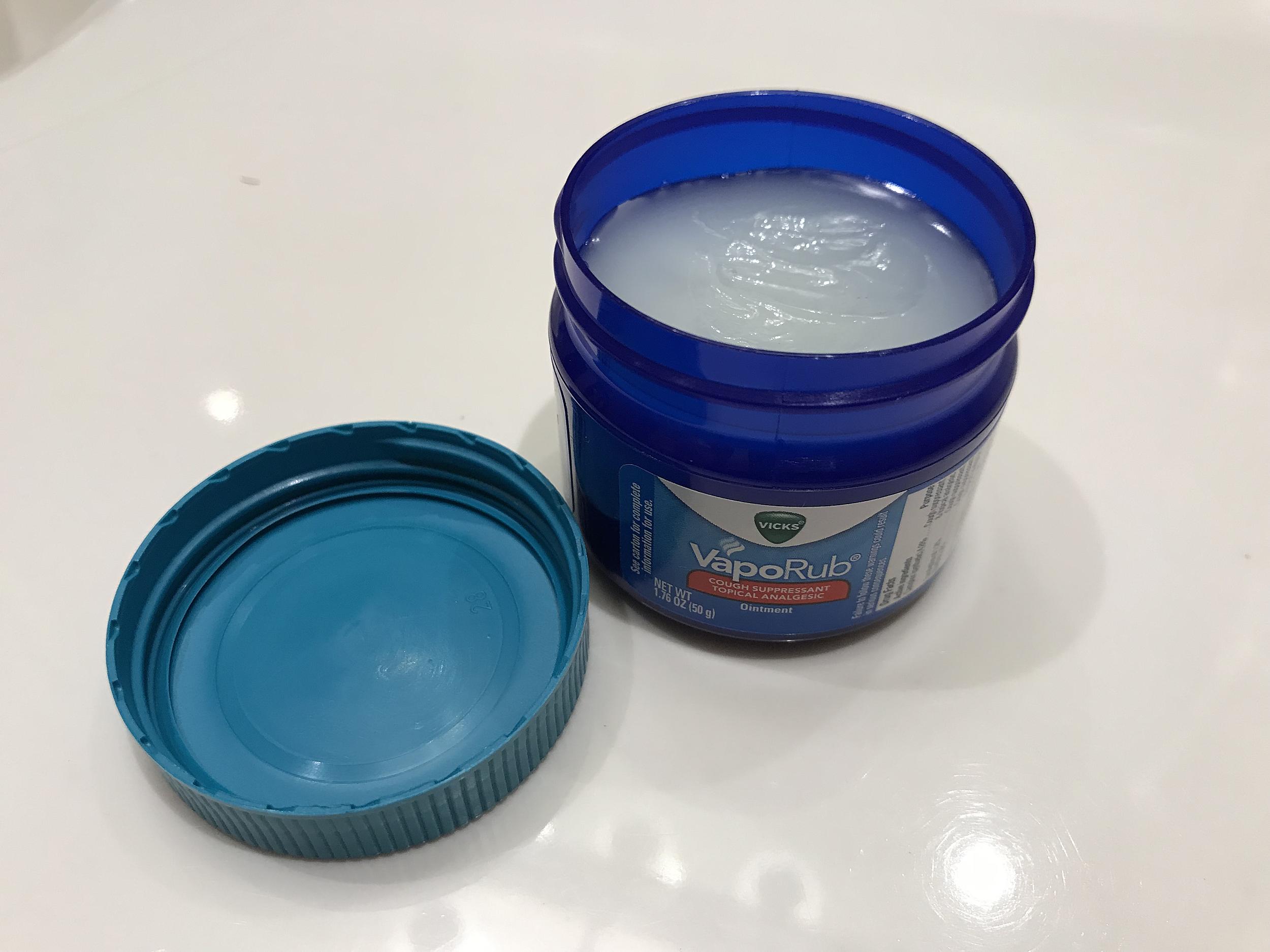From stuffed noses to stained toilets
Your level of hygiene can be inferred a lot from the condition of your bathroom. The last thing you want is for guests to enter your bathroom and notice sporadic, mucky brown stains.
It is necessary to keep the toilet spotless at all times because it can be the source of many messes. That’s not to say stains may not happen occasionally, but it’s crucial to remove them as soon as possible. Every time a yellow or brown stain appears on a toilet seat, you cannot just ignore it. The good news is that there may be a simple fix using Vicks VapoRub.
According to this article, given that toilets are one of the most employed items in the house, stains can occur rather frequently. For instance, minerals like iron and salts found in urine and blood can settle on or under toilet seats, causing stains. It’s interesting to note that Vicks VapoRub has a variety of active components, including menthol, camphor, and eucalyptus oil, which makes it ideal for relieving coughs and nasal congestion. Additionally, it has cleaning chemicals like turpentine oil, which is effective at removing stubborn stains, particularly those that are oily. You could save money on paying for a new toilet seat by using this useful bathroom essential product.
Vicks VapoRub is more than just the stuffed nose remedy your grandmother used to use. Using the ointment to remove stains from your toilet is a hassle-free method. This trick is carried out by YouTube cleaning expert @AndreaJean using a cotton pad. She starts by dipping the pad into a bottle of Vicks, being careful to collect a nice big clump of the product. She then just applies it to the stain and rubs it until it disappears. That’s the only thing about it. To get the material into tight spaces, you can also use a cotton stick swab.
The creator also remarked that VapoRub can do more than just clean off stains from your toilet seat regularly.
“The nice thing is that this can help prevent future staining because it creates a protective barrier between your toilet—your porcelain—and anything else that it comes in contact with”, she asserted.
The oil components of the rub are probably the cause of this barrier. In addition to turpentine, the rub’s non-active ingredients are listed on Healthline. These include petrolatum, cedar leaf oil, and nutmeg oil.

